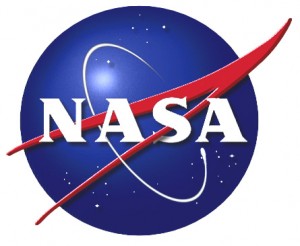(Hawaii)– – Another historic event took place late last night when NASA’s Jet Propulsion Laboratory landed the newest and largest Mar’s rover on the red planet. The NASA rover, which has been cruising toward Mars for eight months and covering 352 million miles, touched down beside a mountain inside a crater at about 10:31 p.m. PDT Sunday night. It is a six-wheeled, roving geochemistry laboratory and the largest robot scientists have ever attempted to deposit on another planet, and the first time they have ever attempted to guide a rover to a specific spot on Mars.
NASA plans to use Curiosity to investigate whether the study area has ever offered environmental conditions favorable for microbial life, including chemical ingredients for life; and if the area is favorable for preserving clues about whether life existed.
The big hurdle is landing. Curiosity approached Mars at about 8,000 mph (about 3,600 meters per second). By the time the spacecraft hit the top of Mars’ atmosphere, about seven minutes before touchdown, gravity had accelerated it to about 13,200 mph (5,900 meters per second). It plunged into the Martian atmosphere at 11-12 Gs. A series of braking tricks, similar to those used by the space shuttle, and a supersonic parachute were used to slow it down.
The 1-ton rover, which is about the size of a small car, is too heavy to use the airbag system developed for earlier rovers. So mission engineers had to design a new sky crane maneuver, lowering Curiosity on nylon cords from a rocket backpack into the crater it will be investigating.
The only way a safe-landing confirmation could arrive from Curiosity is via a relay by NASA’s Mars Odyssey orbiter. Curiosity could not communicate directly with Earth as it landed, because Earth had set beneath the Martian horizon from Curiosity’s perspective about two minutes before the landing.
The nuclear-powered Curiosity is loaded with scientific tools, cameras and a weather station. It includes a robotic arm with a power drill, a laser that can break up distant rocks, a lab to test for the chemical building blocks of life and a detector to measure radiation on the surface.
It also tracked radiation levels during the journey to help NASA better understand the risks astronauts could face on a future manned trip.
The prime mission lasts a full Martian year, which is nearly two Earth years. During that period, researchers plan to drive Curiosity partway up a mountain informally called Mount Sharp. Observations from orbit have identified exposures there of clay and sulfate minerals that formed in wet environments.
You can follow the mission on Facebook and on Twitter at: http://www.facebook.com/marscuriosityand http://www.twitter.com/marscuriosity.
Information provided by NASA’s Jet Propulsion Laboratory

